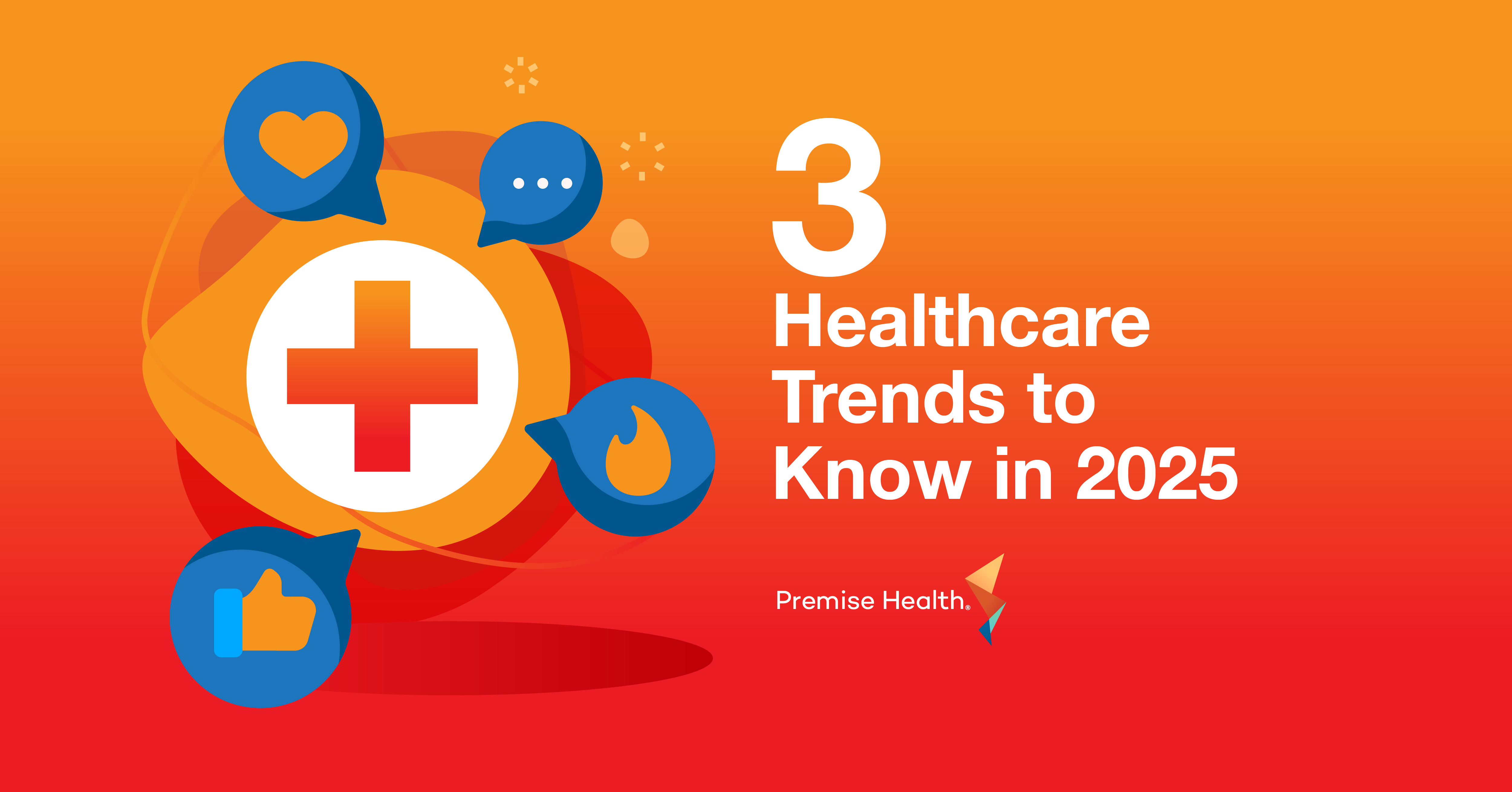Benefits Trends to Look for in 2023
Benefits leaders can breathe a sigh of relief as the end of the year approaches and the benefits enrollment sprint has wrapped up, for now. Yet with the holiday season in full swing, it’s already time to start planning for next year.
For leaders thinking about their company’s benefits strategy, here are some benefits trends to look for in 2023.
Healthcare in 2023: Managing costs and inflation
Healthcare costs could rise by $370 billion above pre-COVID projections between now and 2027, according to McKinsey & Company. In response, healthcare payers will be passing on approximately 6% incremental increases in medical cost to employers (with potential for a 9-10% increases, or more, through 2025).
What does that mean for employers? They’ll have to juggle higher benefits costs and wage expenses, while striving to maintain their profitability targets. Some of the costs also may trickle down even further to employees, who would continue to inherit an increased share of premium costs, which can decrease their access to care – and lead to even higher costs over time.
How can employers get ahead of healthcare inflation? McKinsey & Company offer two key recommendations.
- First, work to narrow down your list of provider networks to a more efficient, high-performance network, which will reduce cost and maintain quality of care.
- Second, consider adopting high ROI care management programs for more prevalent conditions such as diabetes, musculoskeletal, maternity, and behavioral health.
As employers respond to these trends, many will look for a healthcare partner to provide care navigation or care management services. Premise offers both through our Connected Care+ suite, which is an advanced population health solution that uses data to identify people who need greater healthcare support and guide them to the highest quality care at the best cost.
Equitable, whole-person benefits strategies
Following the pandemic, many employers have expanded their benefits strategies to include novel ideas that might have not been considered essential in the past.
For example, the Business Group on Health found in its 2023 Large Employers’ Health Care Strategy and Plan Design Survey that there’s been a significant rise in the importance of ‘health and wellbeing’ in workforce strategy, with 65% of employers reporting it as ‘integral.’ Only 3% of companies viewed the topic as ‘separate’ from the workforce strategy, proving its presence has staying power in the minds of employees and benefits leaders.
Premise has seen a similar uptick in interest among our clients in health and wellness benefits such as wellness coaching and nutrition counseling. You can see some of our results here.
As part of this shift, employers increasingly are focused on connecting their people to culturally competent, equitable care and addressing social determinants of health. A large majority of employers surveyed, roughly 80%, listed health and financial equity as areas of focus moving forward into 2023 and beyond.
Employers indicated they were planning on implementing at least one or more of the following in 2023:
- Transgender health care benefits (82%)
- Benefits for neurodiverse populations (78%)
- Expanding fertility benefits to cover all types of families (59%)
These trends are expected to continue in 2023 and beyond. Benefits leaders will need to consider incorporating more wellness-oriented and equitable programs and resources into their benefits plans moving forward as they continue to rise in popularity amongst their own workforce populations and those of partners and competitors alike.
Integrating digital & physical care
A final trend to continue watching is the rise of virtual health. Virtual services of all sorts saw an explosion in popularity following the pandemic. In the prior Business Group on Health survey in 2022, 74% of employers surveyed believed that virtual health would have a significant impact on how care is delivered in the future, although, the majority felt that it would fall flat without a combined in-person care delivery strategy as well.
These predictions largely proved true in 2023, as demand remained high for virtual care, especially services like mental health counseling. However, siloed care experiences for employees and a lack of integration between vendors and in-person services both remain concerns.
Some employers have taken steps to consolidate their partners to minimize the headache caused by multi-vendor benefits solutions. Instead of having different vendors for onsite wellness centers, virtual visits, behavioral health, prescription delivery, and other services, they are looking for organizations who can provide it all.
Integrating in-person and digital services can increase engagement across a population. For example, Shaw Industries saw measurable increases in in-person visits, portal activations, and behavioral health visits after introducing an integrated model.
If 2022 was a rebound year, things are looking more complicated in the healthcare space over the next decade. It’s up to employers to create a plan of action to address costs, control inflation, and create a comprehensive benefits strategy that works for all employees.
Real change takes time, and 2024 isn’t too far away. It’s never too early to start thinking about your benefits strategy.
If you want to learn more about how Premise can supercharge your benefits plan, get in touch with us today.
Next on industry insights.

How to Futureproof Your Healthcare Benefits
Read the Blog
Why Partnering with an AAAHC Accredited Organization is a Win for Your Workforce
Read the Blog